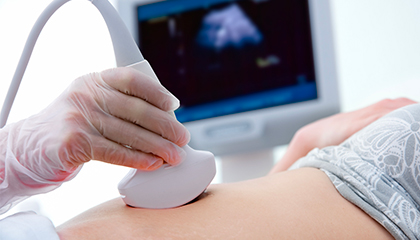5th July 2022
Development of ultrasound wearable devices for connected health
From the connected object to the connected medical device
For several years now, we have seen the growth and development of connected health devices, starting with smartwatches and connected bracelets capable of counting the number of steps taken during the day, or to measure the heart rate or the calories burnt… These data could seem insignificant and easy to collect but they can be a source of new challenges for connected health. The biomedical sensors market reached a value of nearly $10,8 billion in 2020 and is forecast to be worth $15,13 billion in 2026. This growth can be partly explained by the increasing need for non-invasive continuous monitoring solutions in response to the ageing population and the medical follow-up of chronic diseases.
Medicine is slowly shifting away from doctors’ surgeries and hospitals and is becoming ambulatory, thanks to connected and wearable medical devices.
Just like a clothing item, a ring, a belt, or a pair of shoes, these devices can be worn constantly, but they also bring smart assistance. They are specially designed to be worn and to be adapted to bodies, but they also incorporate micro-sensors.
Within the scope of connected health, these micro-sensors fit with the use of ultrasound, in particular, thanks to the integration of transducers in wearable devices to allow the emission and reception of acoustic waves. Ultrasound can be used for imaging and for doppler echocardiography (blood-flow exploration in arteries and veins), allowing for the detection of cardiovascular disease, obstetrical difficulties, or musculoskeletal problems, for instance.
We gathered the following examples of developing applications that could revolutionize medicine.



















